 Abraham Lincoln
If given the truth, the people can be depended upon to meet any national crisis...
Abraham Lincoln
If given the truth, the people can be depended upon to meet any national crisis...
 Guildford news...
for Guildford people, brought to you by Guildford reporters - Guildford's own news service
Guildford news...
for Guildford people, brought to you by Guildford reporters - Guildford's own news service
Birdwatcher’s Diary No.61
Published on: 17 May, 2014
Updated on: 17 May, 2014
By Malcolm Fincham
Continuing with my self set quest to keep bringing up to date pictures to my reports can be quite a challenge. During the first week of May I decided to try to track down and photograph some of the less recognised of both resident and summer visiting species of birds that are present now on a number of our Surrey heathland areas that surround Guildford.
As much as 80% of lowland heathland has been lost throughout the UK since the year 1800, mainly due to poor management and building. Therefore I am grateful for amount of heathland that surrounds us locally.
On the early evening of May 3 I decided on a cycle ride across Whitmoor Common, a small area of heathland north of Guildford, in the hope of getting for the third successive year a sighting of a cuckoo that makes an annual visit there.
A common whitethroat could once again be heard singing its scratchy song close to the area where the heathland opens out.
There were also several willow warblers in the silver birch close by, singing their tuneful summer song and chiffchaffs with their repetitive call.
A song thrush added to the chorus, while a small group of linnets made their rapid twittering sound as they flew over.
But as with my the previous visit in my previous report, on my arrival there was still no sound of the cuckoo.
It wasn’t until the last hour of light, with the evening sun starting to sink low in the sky, that I first heard its distant call way across the common on the other side of the railway track.
As I cycled in the direction of the sound I could hear it getting closer. This I soon realised wasn’t so much due to my cycling.
As I watched him fly low past me not more than 100 yards away across the heath, I stopped and took the opportunity to get some breath back into my lungs. Judging the distance of sound of his call, I could hear he had also stopped and had began to ‘cuckoo’ once again and not too far away.
Soon after I tracked him down as he perched high in a silver birch calling, and grateful for the low sunlight, I was able to get what I thought were some rather pleasing pictures.
Another heathland destination is Ash Ranges. It is managed by the Surrey Wildlife Trust but is owned by the MoD.
It is not officially open to the public while the MoD’s red flags are flying, but on a brief mid afternoon visit, which from experience is the most difficult times to spot wildlife, I did manage just the one record shot of one of many Dartford warbler that could be heard there.
An invite from Dougal on a Thursley Common visit on Sunday, May 4, gave me the chance to see a few more summer visitors for the first time this year, including a male redstart as well as a view of a hobby as it hunted across the heathland but too distant to photograph.
I was, however, able to get a record shot of one of several tree pipits that had recently arrived as they perched high in the pine trees singing.
Along the boardwalks we counted more than 30 common lizards that had been tempted out to bask in the warmth of the sun.
While viewing the teal and a pair of tufted duck on Pudmore Pond by one of the boardwalks on the low lying part of the heathland, I was taken by surprise. Though they didn’t land, a pair of shelduck flew over the water. These were a first time sighting for me at Thursley Common.
The following day it was a trip to Frensham Great Pond, this time with my wife, giving me the opportunity of adding some pleasing shots of a female redstart.Having not long arrived from its winter home in Africa, it was already collecting feathers and such-like to line its nest.
On the way home we decided to stop at Farnham Heath RSPB. Much work has been done there over the last few years felling trees and creating a heathland habitat.
And from my observations much success has been achieved attracting many of the usual heathland birds including stonechats.
As on all the heathlands I visited recently, linnets were also present. I was also pleased to get a picture of one of my favourite songsters the woodlark – as a pair displayed in a mating ritual with each other.
By the evening of May 5, swifts had once again returned to the skies over Stoughton.
These birds are renown to be the last of our hirundines to arrive (which include swallows, house martins and sand martins). They will also be the first to leave in early August.
Swifts are are able to both sleep and mate on the wing, only landing to nest in roof spaces of buildings, often used in previous years.
By May 10, on my local patch at Stoke Reserve, a few swallows and house martins as well as more than 100 swifts could, on some occasions, be viewed flying around over Slyfield Sewage Works, using it as as feeding station for flying insects before moving on to their summer nesting grounds.
Across the other side of Stoke Lock on the flooded scrape, two adult mute swan were parading their cygnets. And rightly so. Swans usually, to my knowledge, only have a brood of between four and seven. I counted nine!
Also out on the scrape, wading through the water, was a grey heron, seeking a meal.
While three Canada geese also flew in and settled on the water.
As I took a distant photo of Stoke Lake from the far end of the meadow, I caught sight of a common buzzard pursued by a crow as it rose over the trees by the Spectrum leisure centre.
Shortly after a second buzzard also drifted across, giving me a great opportunity of some action flying shots.
Finally, taking the chance of getting a soaking on a showery Monday, May 12. I took another trip over to Thursley Common.
This time on what turned out a successful mission to get some stunning views and several pleasing pictures of one of my favourite birds of prey – the hobby. A bird I wrote about in more detail in one of last year’s reports. (see quote I then wrote added below).
Thursley is often considered a place of feast or famine in respect of bird life, and on my second visit it was certainly a case of the first. On show was a hobby, a summer visiting bird of prey. Its Latin name is falco subbuteo, of which the name of the once popular table top football game derived, as the creator of the game was not granted permission to call it ‘hobby’.
The hobby is of a similar shape and size as the kestrel. Its most notable difference is its streaky body markings and rusty red colour at the point its legs meet its body.
It is an extremely agile bird of prey and renown for catching prey on the wing, including dragonflies and even the odd swallow,and even swift to name a few.
Responses to Birdwatcher’s Diary No.61
Leave a Comment Cancel replyPlease see our comments policy. All comments are moderated and may take time to appear. Full names, or at least initial and surname, must be given.
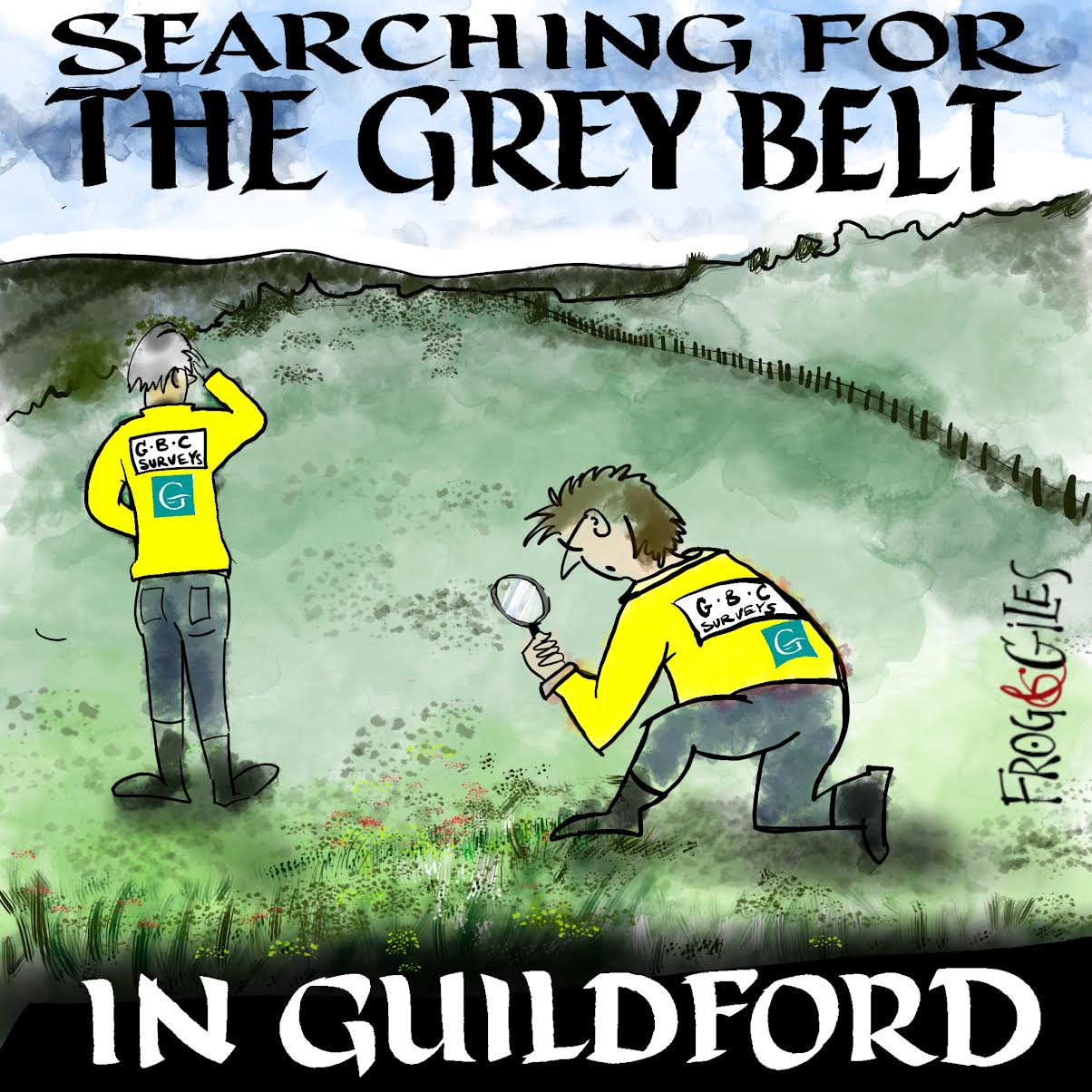
"Found any?" - "Nope, it all looks green to me!" (See Opinion: The Future is Congested, the Future is Grey)


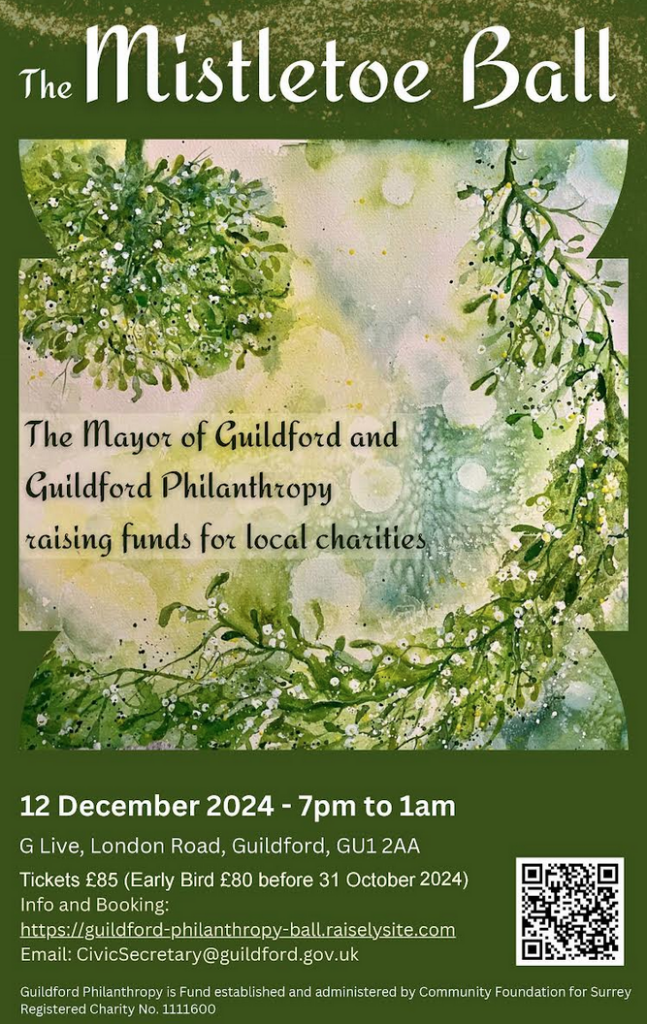

Recent Articles
- Ash Level Crossing Will Close Before Opening of New Road Bridge
- Updated: Fire at Ash Manor School Tennis Centre Was ‘Accidental’
- Witness Appeal Following Collision on A3 Esher Bypass
- Technical Fault
- Sara Sharif Trial Latest – Sara Was the Victim of a ‘Normalised Culture of Violence’
- Parish Council and CPRE Pleased with MP’s Support for Call In of Solar Farm Decision
- Letter: Memories of Woodbridge Park House and 1950s Guildford
- Letter: The Active Travel Proposal Is the Safest Option for London Road
- Updated: Select Committee Votes to Refer London Road Decision Back to SCC Cabinet
- Letter: SCC Chose Not To Verify Our Survey


Recent Comments
- Paul Robinson on Letter: The Active Travel Proposal Is the Safest Option for London Road
- Mike Smith on Photo Feature: Freiburg, Guildford’s Twin – Friends for 45 Years
- Derek Payne on SCC Cabinet’s Decision to Scrap London Road Scheme ‘Called-in’ by Select Committee
- John Perkins on Letter: LRAG Has Morphed from a Cross-community Group into a Pressure Group
- Maria Duarte on Sara Sharif Trial Latest – Sara Was the Victim of a ‘Normalised Culture of Violence’
- Bethan Moore on Letter: We Need to Stop Shouting and Start Listening
Search in Site
Media Gallery
Dragon Interview: Local Artist Leaves Her Mark At One of England’s Most Historic Buildings
January 21, 2023 / No Comment / Read MoreDragon Interview: Lib Dem Planning Chair: ‘Current Policy Doesn’t Work for Local People’
January 19, 2023 / No Comment / Read MoreA3 Tunnel in Guildford ‘Necessary’ for New Homes, Says Guildford’s MP
January 10, 2023 / No Comment / Read More‘Madness’ for London Road Scheme to Go Ahead Against ‘Huge Opposition’, Says SCC Leader
January 6, 2023 / No Comment / Read MoreCouncillor’s Son Starts Campaign for More Consultation on North Street Plan
December 30, 2022 / No Comment / Read MoreCounty Council Climbs Down Over London Road Works – Further ‘Engagement’ Period Announced
December 14, 2022 / No Comment / Read MoreDragon Interview: GBC Reaction to the Government’s Expected Decision to Relax Housing Targets
December 7, 2022 / No Comment / Read MoreHow Can Our Town Centre Businesses Recover? Watch the Shop Front Debate
May 18, 2020 / No Comment / Read More



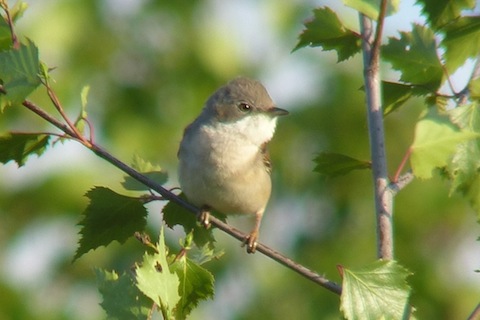
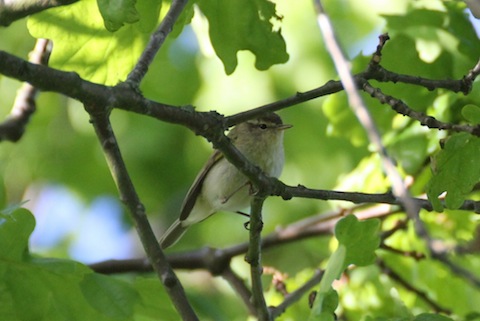
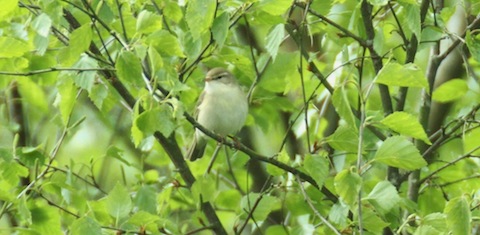
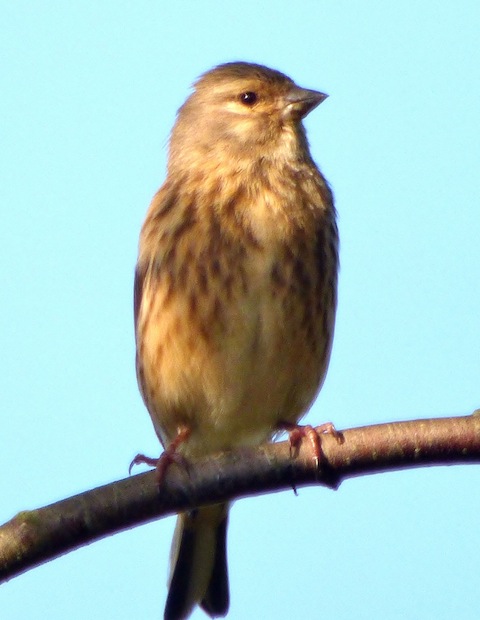
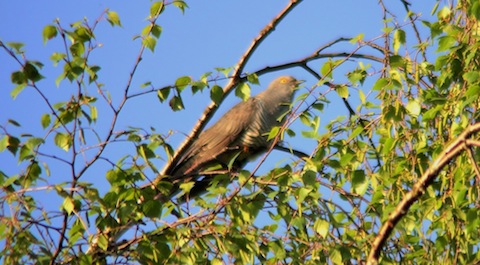
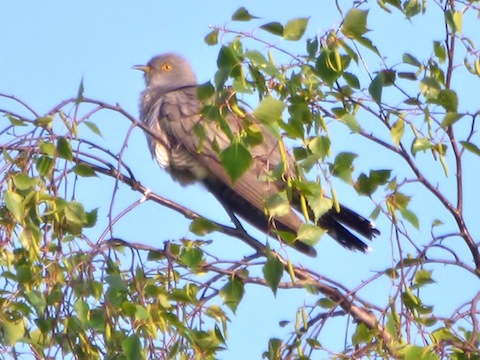
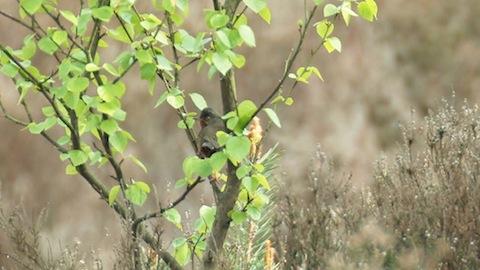
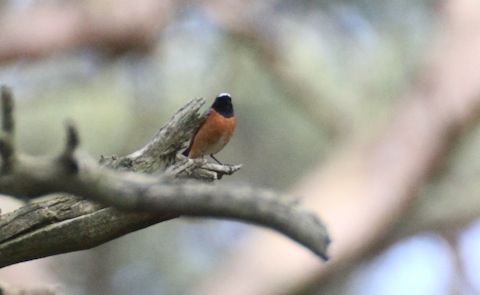
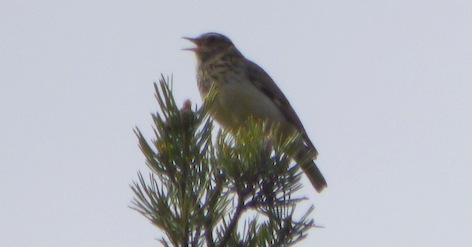
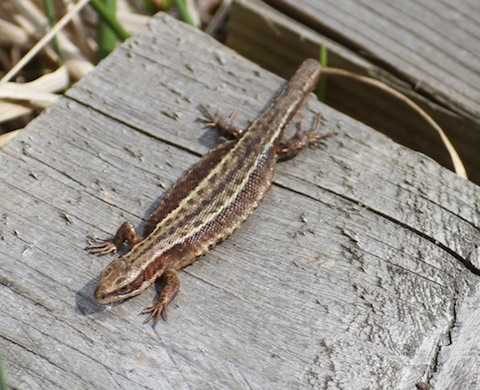
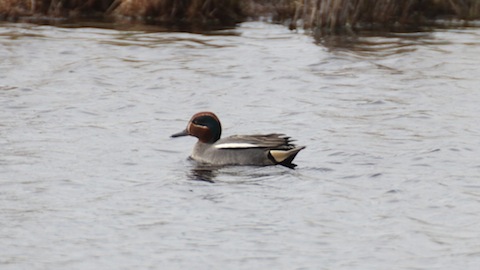
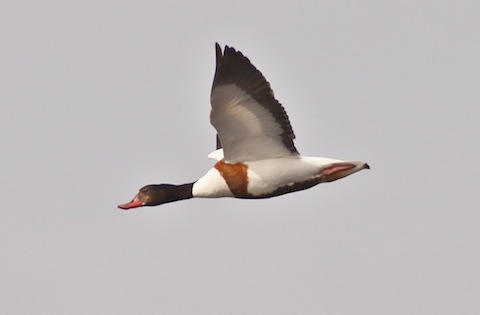
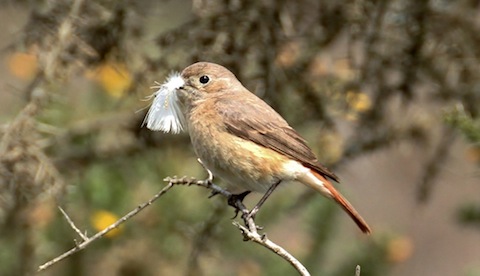
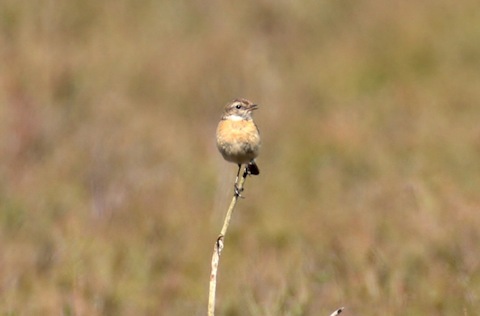
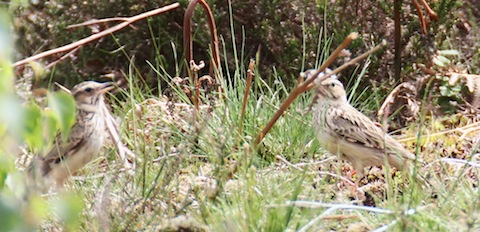
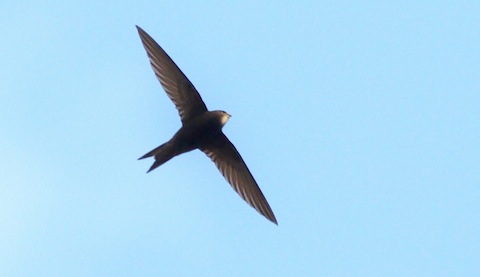


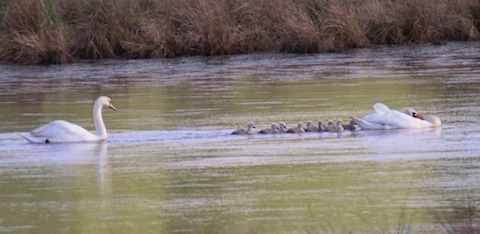
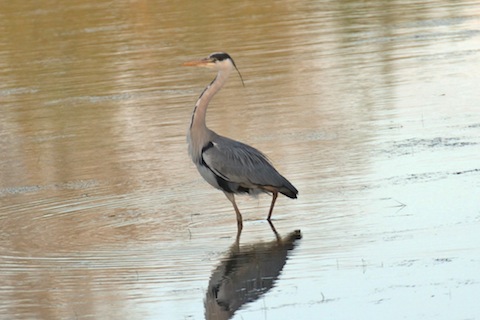
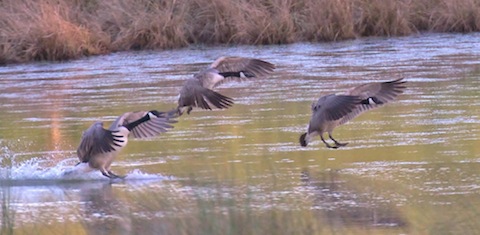
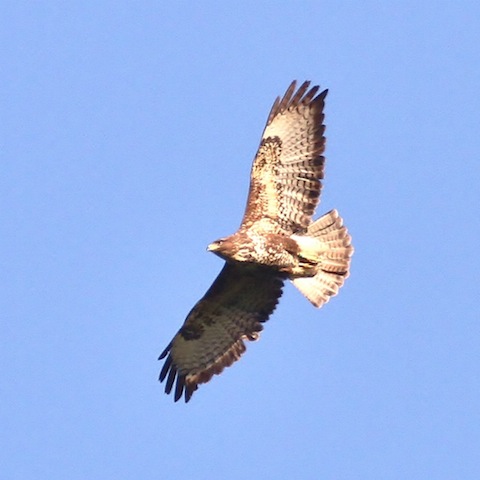


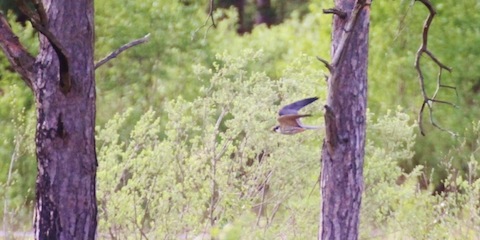
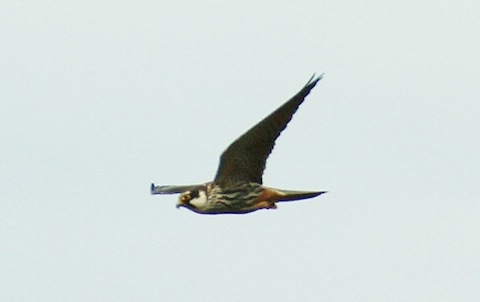
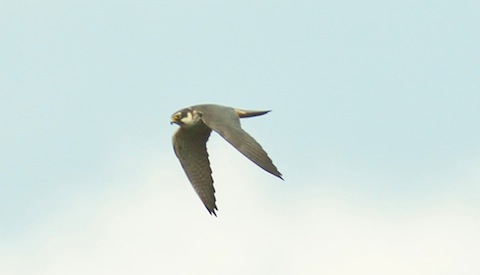
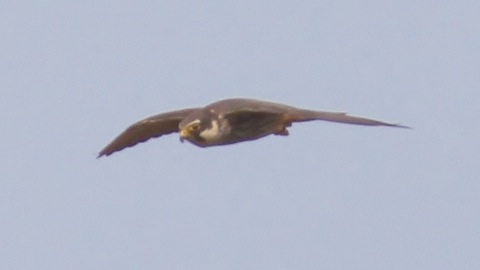




mike beer
May 17, 2014 at 10:53 am
Wonderful photos Malcolm, on Britten’s Pond there was a pair of gorgeous Mandarin ducks yesterday plus a common sandpiper on one of the islands – I think nesting. Around 20 greylags there. One family of eight goslings, three Canada families. I suppose the Mandarins are from Sutton Place. Two common terns also on the pond.
Malcolm Fincham
May 18, 2014 at 1:31 am
Thank you for your comments and observations.
All recent sightings of interest especially in the Guildford area are always welcome on this website.
Chaz Folkes
May 20, 2014 at 11:44 am
I think I might have spotted the same family of swans on Sunday afternoon, just down from Stoke Lock: https://www.flickr.com/photos/9310723@N02/14026966229/. I wasn’t lucky enough to spot any buzzards down by the lake, but I was rather pleased to see a reed bunting around the boardwalk…
Lisa Wright
May 23, 2014 at 4:12 pm
Malcolm,
Im on the west side of Guildford, close to the Hog’s Back and Broadstreet Common.
It’s a good year for birds! We have a pair of mistle thrushes this year, the usual two pairs of swallows, green woodpeckers, a whole swarm of starlings etc.
However, they are all being hit hard by the crows, magpies and kites.
You must come over this way, it’s a haven for wildlife!
Malcolm Fincham
May 29, 2014 at 8:30 pm
Thank you for your comments about the Wood Street/ Hog’s Back area.
Although I haven’t visited in enough depth to write about in recent reports, I am aware of richness in wildlife there.
I am personally also very much concerned about the proposed extension of the Surrey Research Park. I do intend to revisit the area in greater depth as I recalled a short visit in one of my early reports: https://guildford-dragon.com/2012/07/18/birdwatchers-diary-no-12/
It is indeed a great year for birds, mainly due to last autumn’s good yield of food resources and the mild winter.
Magpies, jays and crows are always a concern at this time of year as they will raid the nests of smaller birds.
I am pleased to know that you have been seeing the majestic red kites that have started to arrive in the Guildford area. Although birds of prey, they are far too cumbersome to catch smaller birds and will hopefully compete with the corvids with the carrion which us humans inadvertently provide with our cars in the way of road kill.
Lisa NIemy
May 4, 2015 at 11:49 am
Saw two red kites above Bramley on 1st March. Our resident pair of buzzards saw them off and Ive not seen them since. Stunning birds.
I love the pix of the cuckoo. Really inspired to go out and look for one now. Thank you.
Malcolm Fincham
May 4, 2015 at 11:19 pm
Worth keeping those eye’s ‘peeled’ Lisa. Occasional sightings of a lone red kite, drifting over Guildford, continue to be made.
Hope you have better luck with spotting a cuckoo. Still no sight or sound yet of the one I pictured above, on Whitmoor Common last year. And just a brief glimpse of one on Thursley Common yesterday (May 3)but still no picture yet.
Has anyone else heard one locally this year ?
Martin Giles
May 4, 2015 at 11:48 pm
Heard one by Scotland Farm south of Thorncombe Street today.